Litter is not only an eyesore but a serious threat to animals and their habitats. We can all work together to keep the planet healthy and clean.
Did you know that gum on the sidewalk is litter? Even a banana peel that is thrown in a ditch is litter. Trash poses a threat to animals everywhere, including pets, farm animals and wildlife. They can get injured or trapped in the litter and even eat garbage that makes them sick.
In Too Much Trash: How Litter Is Hurting Animals, we discover how garbage ends up everywhere—from city streets and the wilderness to farmland and the ocean. But there's good news: litter is a problem everyone can help prevent. Around the world, kids and adults are finding ways to take out the trash. Find out how you can help clean up the planet for all species.
The epub edition of this title is fully accessible.

Customizable Text and Layout
Text and layout can be adjusted for text size and colour, background colour, and layout to support individual reading preferences.

Described Images
Non-text content includes descriptive text, such as alt-text and long descriptions.
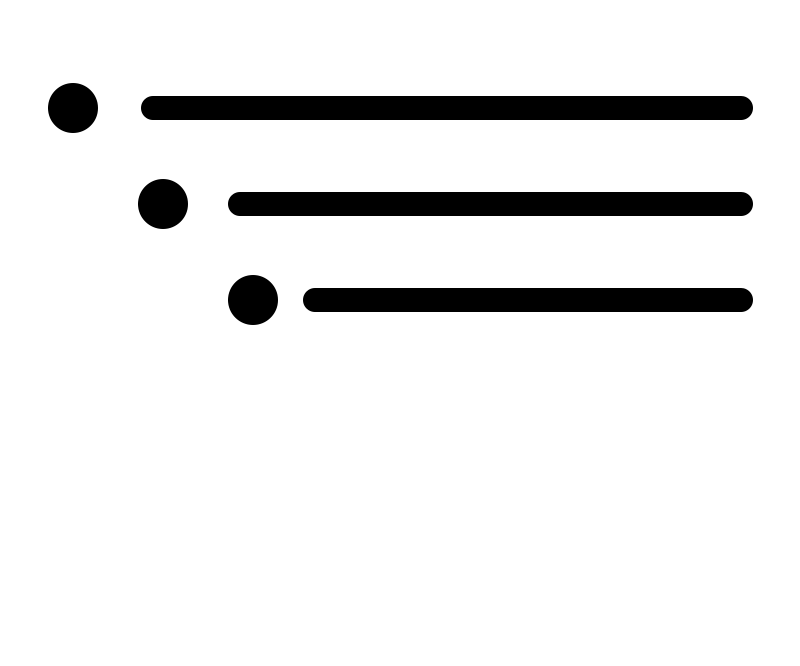
Table of Contents and Structured Navigation
Page elements are labelled and structured in a meaningful sequence.

Screen Reader and Text-to-Speech (TTS) friendly
Structured for screen readers and text-to-speech tools, including assistive technologies and browser plugins.

Bookmarks and Highlights
Add bookmarks and save highlighted passages.
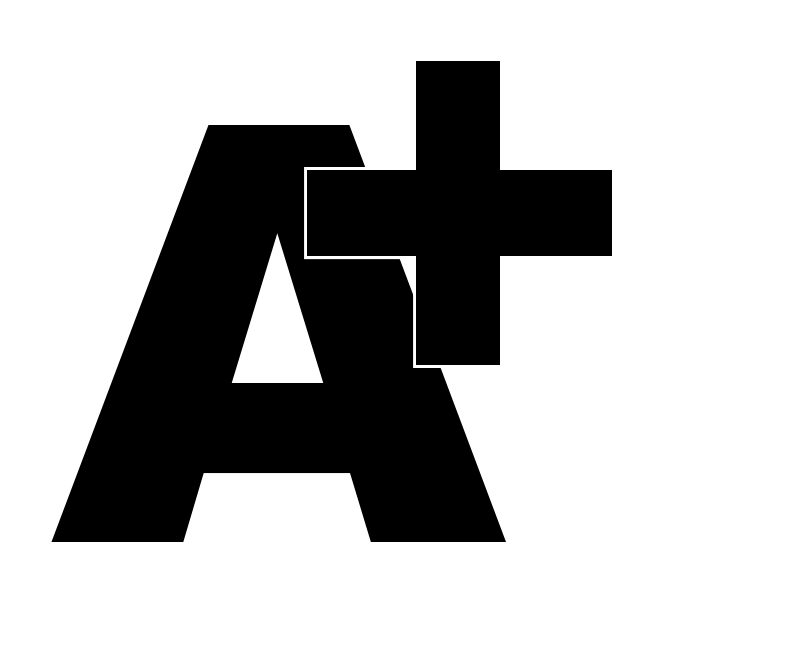
ARIA Roles
ARIA roles clarify semantic elements of this ebook, making it easier for screen readers and assistive technologies to understand the contents of the book.










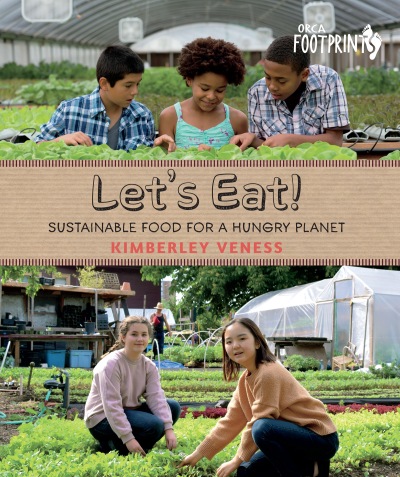
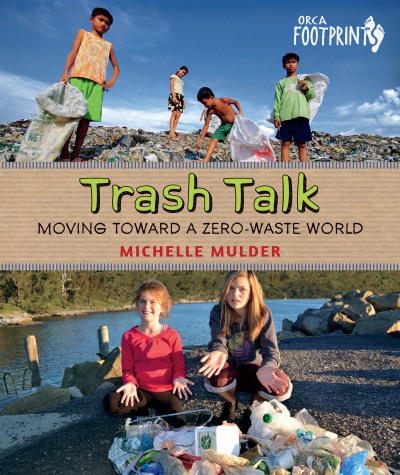

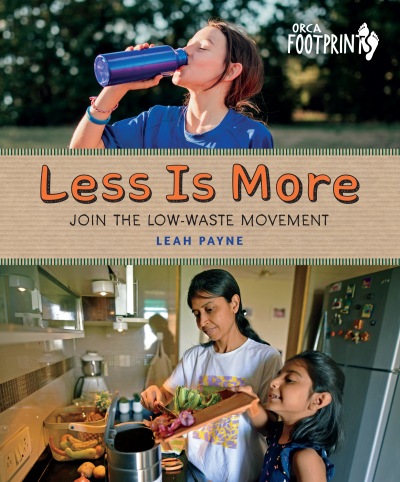
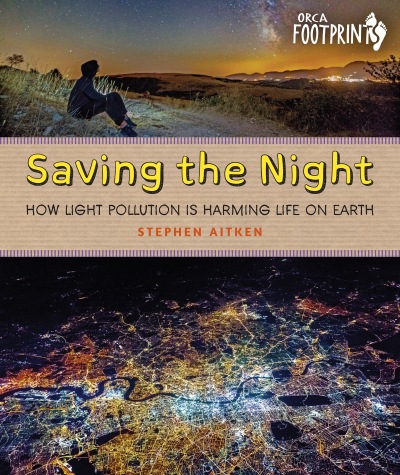
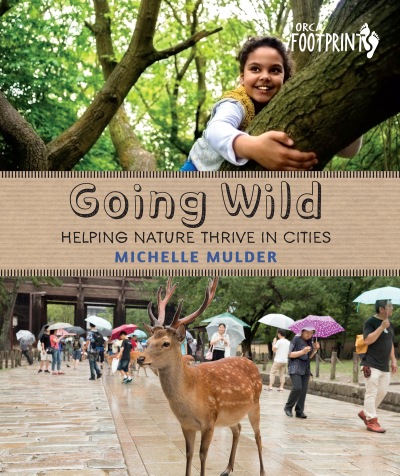
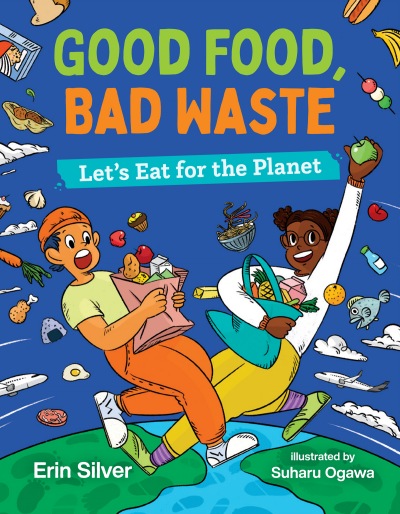

“A true eye-opener to anyone who wishes to have a clean environment and healthy animals…Recommended for an elementary classroom science lesson, or Earth Day-related activities.”
“This book inspires environmental stewardship by providing timely and critical information about the many ways that litter affects the lives of animals on our planet. As students build knowledge about the impacts of litter, they can apply critical thinking about how they might improve the quality of life of animals in their communities.”